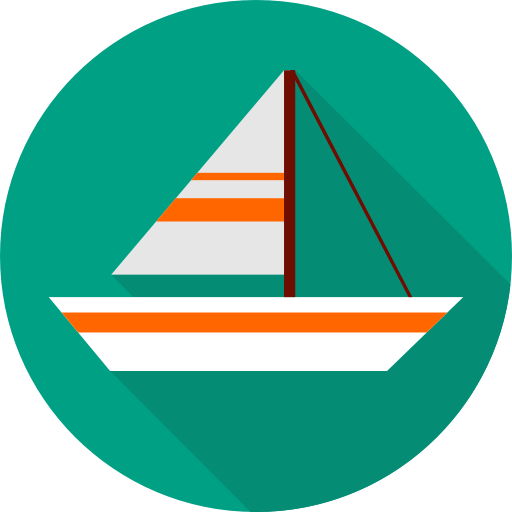
Visit
Are you dreaming of a wild travel destination, with wide open spaces, fresh air and breathtaking landscapes? If so, you have come to the right place. Plunge in to this journey and let the authentic villages stories draw you in.

Discover
Discover a fascinating culture and a community proud of its more than 8000 years of history. Your trip will take you to a unique travel experience you’ll never forget. One thing is for sure - Soft adventure starts here!